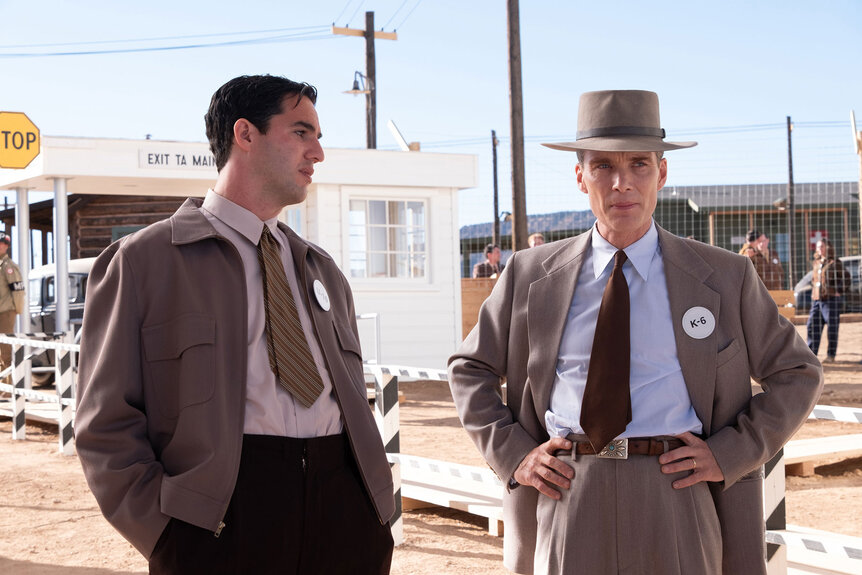Oppenheimer's Atomic Bombs Marked a New Geologic Age of Humans
They're basically a neon sign screaming "humans were here."

Christopher Nolan's Oppenheimer is poised to blow up the box office this Friday, July 21, but no matter what happens at the theater, the real Oppenheimer left an eternal mark on the face of the planet. Now, scientists are suggesting a new geologic epoch, marked by the detonation of the first atomic bomb.
How the Atomic Bomb Change the World Forever
The invention of nuclear weapons opened up terrifying new possibilities for humanity. Warfare has always been a fairly efficient way to destroy human populations, but now it's an efficient way to destroy everything. And that's not just a realization we've made in hindsight, the members of the Manhattan Project knew it too. Here's what J. Robert Oppenheimer himself had to say of the first atomic bomb test.
RELATED: Oppenheimer Reviews: Christopher Nolan's "Stunning" Bomb Thriller Praised as Best Film of 2023
“We knew the world would not be the same. A few people laughed, a few people cried, most people were silent. I remembered the line from the Hindu scripture the Bhagavad Gita: Vishnu is trying to persuade the Prince that he should do his duty, and to impress him, takes on his multi-armed form and says, ‘Now I am become Death, the destroyer of worlds.’ I suppose we all thought that, one way or another.”
The realization that the world would never be the same, turned out to be true in more ways than one. One of the ways scientists mark the passage of deep time is through changes in rock layers. Like the rings of a tree, you can peel back the layers of rock to uncover older and older time periods. Moreover, the composition of a particular layer can tell us something about what was happening on the Earth at the time.
During the carboniferous, for instance, plant life went buckwild, spreading all over the planet. They evolved wood fibers which existing decomposers couldn't consume. Over millions of years a whole bunch of plants died but didn't decay. Instead, they fossilized en masse, leaving behind coal deposits so massive we're still plumbing their depths today.
For a while now, people have been suggesting, and casually using, a new term for the current epoch: the Anthropocene. The underlying thinking is that humanity has so fundamentally changed the face of the Earth that we must certainly leave behind a signal in the sediment. The only question was what that signal was.
RELATED: Could Oppenheimer’s Atomic Bomb Really Have Destroyed the World?
Prior suggestions for the beginning of the Anthropocene include the industrial revolution, but that only really shows up in the sediments of Europe. Others have suggested that future scientists might mark the Anthropocene by a thin layer of compacted plastics, but even those are distributed disproportionately across the Earth.
In a new paper published in The Anthropocene Review, scientists suggest that the real mark of the Anthropocene is the fallout from decades of nuclear testing. Unlike other signals, researchers hypothesized that nuclear fallout would show up all over the world at the same time. That's because when an atomic bomb goes off, some of the nuclear fallout makes its way high into the atmosphere. At those altitudes, they spread around the planet before they settle back down to ground level.
To check their hypothesis, researchers went to a small lake in Canada, and dredged the soil from its depths. There, they found a clear indication of plutonium-239. Every single nuclear test and live detonation was an opportunity for another coat of radioactive paint over every ecosystem and environment on Earth. That, more than anything, researchers suggest, is the mark of our existence on Earth. It's kind of a bummer.
Catch Oppenheimer in theaters everywhere this Friday, July 21. Get your tickets now!





























